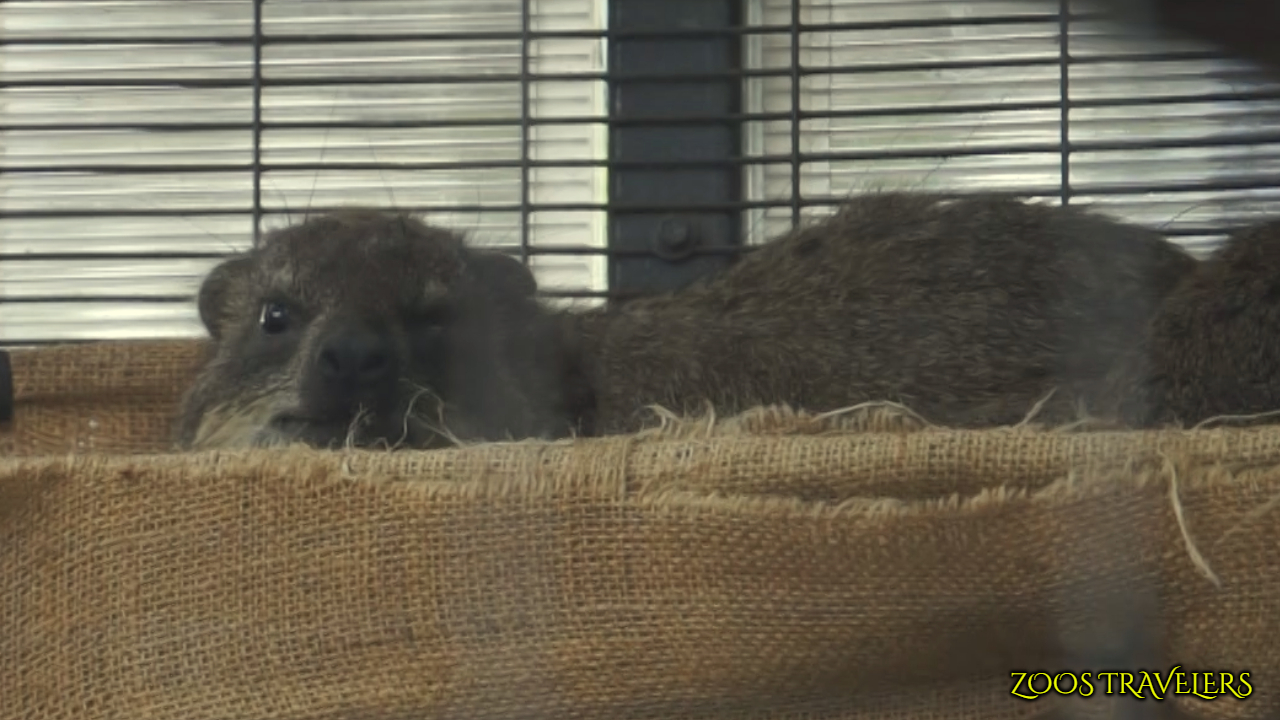Greetings fellow Travelers,
Today we will start our trek through Conrad Preby's Africa Rocks at the San Diego Zoo. This area highlights six different African habitats ranging from the seashores of South Africa to the open Savanna. In general, on trips to African sections of zoos we would expect to see Lions, Hippos, Rhinos, Giraffes and Elephants. The Africa Rocks section is a bit different then your other African themed exhibits. Focusing on the smaller species that dwell in the kopje, understory and shores. Here we find plants and animals that thrive in these harsh conditions.
Africa Rocks opened in 2017, as we will experience in our trek, this is one of San Diego's most ambitious exhibits to date. Here we will follow a winding pathway giving us great and beautiful views of Africa's diverse plants and animals. Many of these exhibits replaced the former Dog and Cat Canyon, which featured exhibits that were built in the 1930's. This new beautiful area opened to the public on July 1, 2017 but was not completed until December 6 of that same year.
As we begin our exploration of Africa Rocks and each new section we enter, we will be greeted by rock formations, representing the geology of the region represented. We will explore each habitat of Africa Rocks over the course of the next few posts.
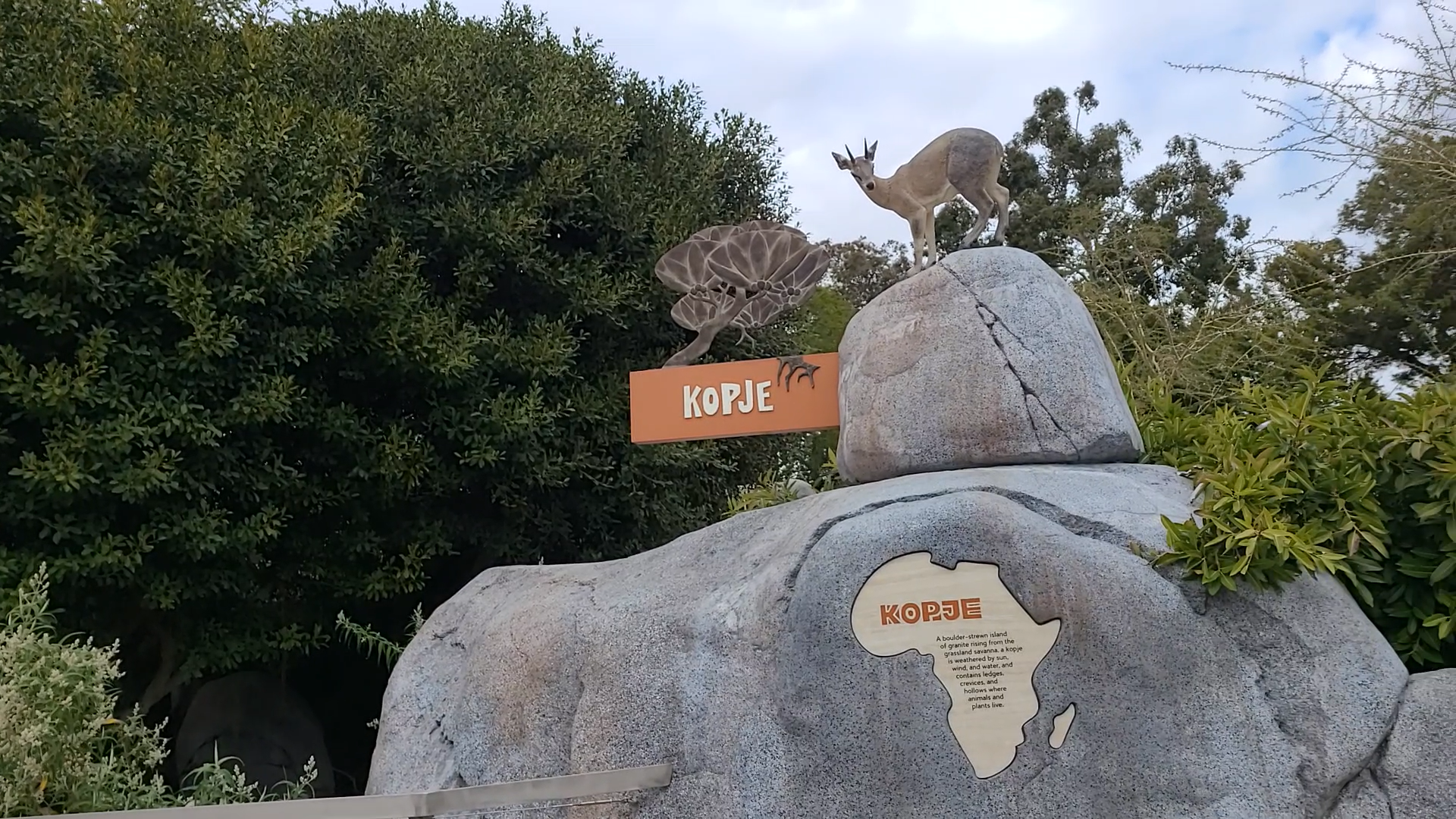
Our first habitat is also the oldest exhibits of the Africa Rocks as these exhibits existed before the redesign of this area. The African Rock Kopje or sometimes referred to as the Island in the Plain, these boulder-strewn islands of granite rise from the vast African plain. Weathered over time by sun, wind and rain, these rock islands contain crevices and ledges providing habitat for many species of animals. With the presence of caves for dwelling, puddles of rain on the rocks, plants that grow in the crevices and a vantage point for predators on the look out for prey, we can find a wide variety of life on the Kopje.
On the tops of these refugees for life on the Serengeti, special plants grow by sticking their roots in the cracks and crevices of the rocks, which in turn trap soil and other nutrients. Trees in this habitat act as rock breakers and habitat makers. The growing trees send out branching roots that seek nearby water and nutrients, even growing out sideways, and these roots eventually crack and break rocks apart. One of these diverse groups of plants is the Fiscus tree which not only helps transform the habitat over time, but provides shade, shelter and food for many of the animals that reside here.
As we explore the habitats in the Kopje section of Africa Rocks keep an eye out for the red-leaved rock fig tree, the name is derived from the red of it's new leaves, this tree thrives in this challenging habitat and it's seeds are distributed by animals, and manage to survive where ever they are dropped.
Many species of animals can be found on the Kopjes because of these plants, as well as the collecting of rainwater in the hollows of the rock surface. The weathered, and cracked surface is a haven for snakes, birds, insects and shrews. The tops of these Kopjes are an ideal viewpoint to survey the plains for food or a place to warm up in the rays of the sun.
To Geologists, a Kopje is the exposed head of an underground mountain, laid down more than 500 million years ago. Volcanic activity from the Ngorongoro highlands deposited a layer of ash and rocks, around a million years ago, creating the rich and fertile soil that produces the grass of the plains when it rains. As the surface rock wore away and the soil eroded, this exposed the granite layer forming Kopjes.
Kopjes named by the Dutch Boer colonists, these isolated rock outcroppings looked like a "little head" (Kopje), peering over the horizon.
For predators these are places to overlook the Savanna spotting prey and launching their attacks.
For Prey this is a refuge or a oasis in a harsh plain.
To all Kopjes are a respite.
KOPJE SPECIES
This habitat consists of seven exhibits housing 15 species of animals (6 species of mammals and 9 species of birds).
YELLOW-SPOTTED ROCK HYRAX (Heterohyrax brucei bakeri) - Found in the rocky areas of east, central and southern Africa Yellow-Spotted Rock Hyraxes can weigh up to 5.5lbs and grow to lengths of up to 15 inches. On the soles of their feet they have soft pads which are kept moist by sweaty like secretions. This helps them to grip onto and climb the rocky surfaces of their habitat.


SLENDER-TAILED MEERKAT (Suricata suricatta) - These social animals live in territorial groups called mobs, which can consist up to 30 individuals. Rivalry between groups is common often turning into aggression as they do not intermingle often. Mobs will cooperate in search of food with a lookout giving a distinct bark, as an alarm when predators approach.

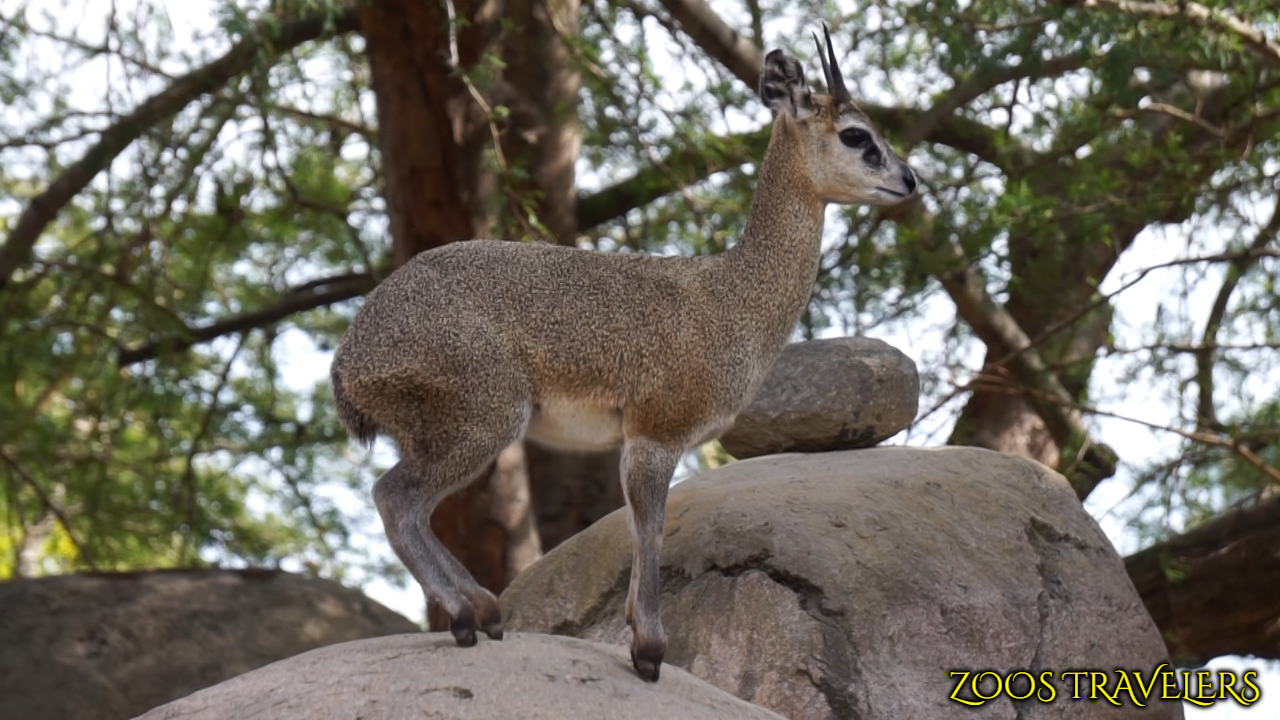
KLIPSPRINGER (Oreotragus oreotragus) - Klipspringers display another adaptation to life in their rocky homes in the Kopje. They never need to drink, by eating the plants that grow in this rocky terrain (mainly succulents) they get all the liquid they need to survive. When dry season comes around, Klipspringers can digest tough, woody plants. We may even notice them walking on the tips of their hooves. The rounded edges help them to stay footed on the rocks.

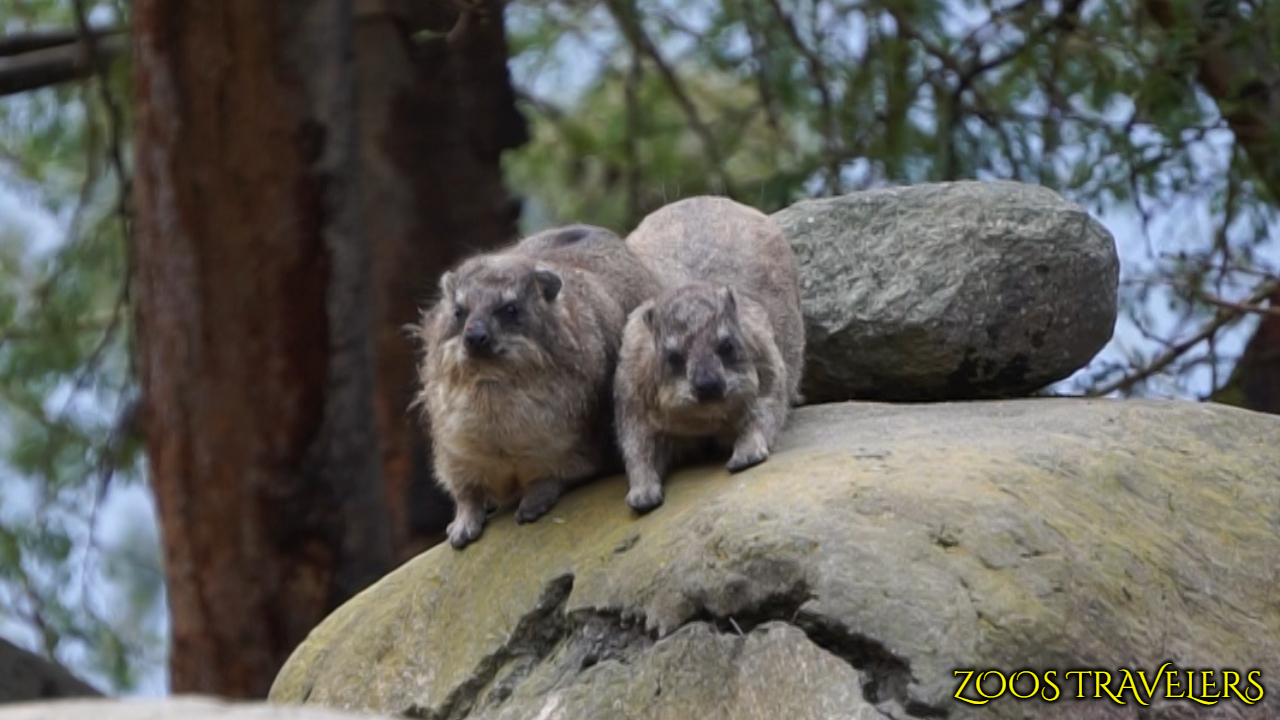
ROCK HYRAX (Procavia capensis) - Hyrax's are closely related to manatees and elephants. To help protect from predators like eagles, the color of the fur and the rounded shape of their body help Rock Hyrax's blend in to the rocks around them.
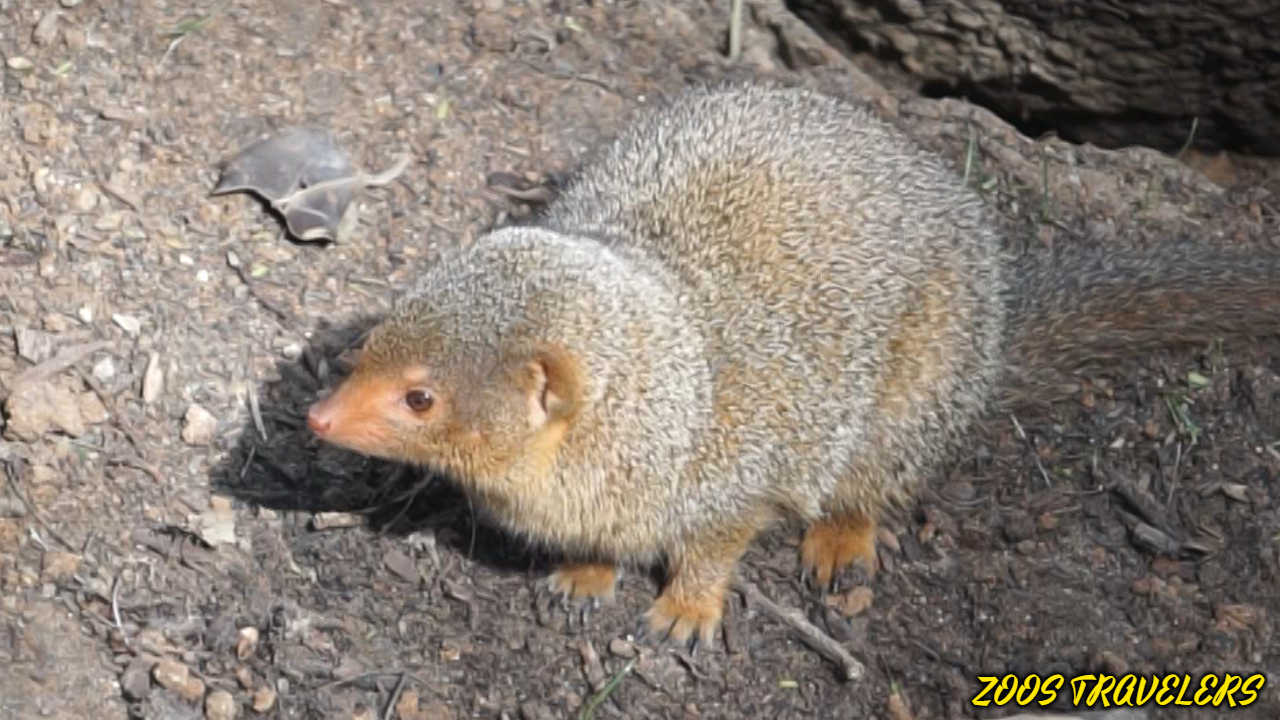
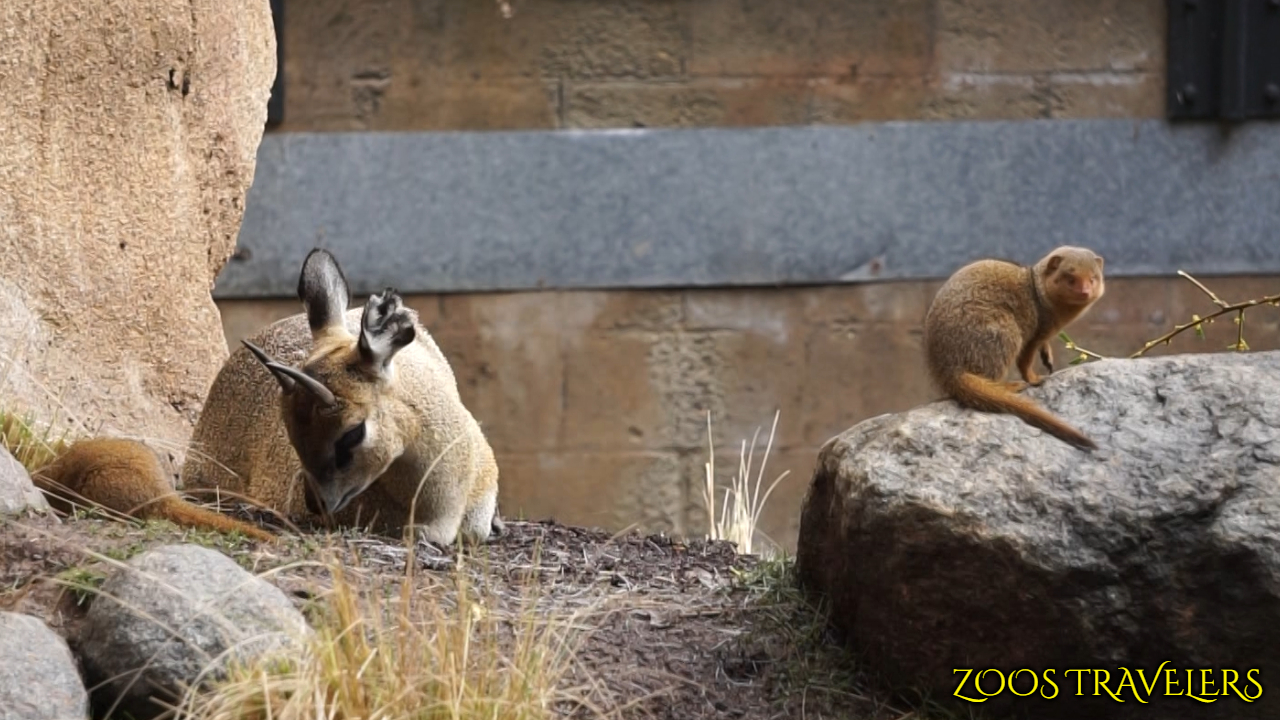
DWARF MONGOOSE (Helogale parvula) - The Dominant adult female of this species outranks other group members. Dwarf Mongooses often seek out hollow logs, termite mounds and rock outcroppings for dens and lookout posts.
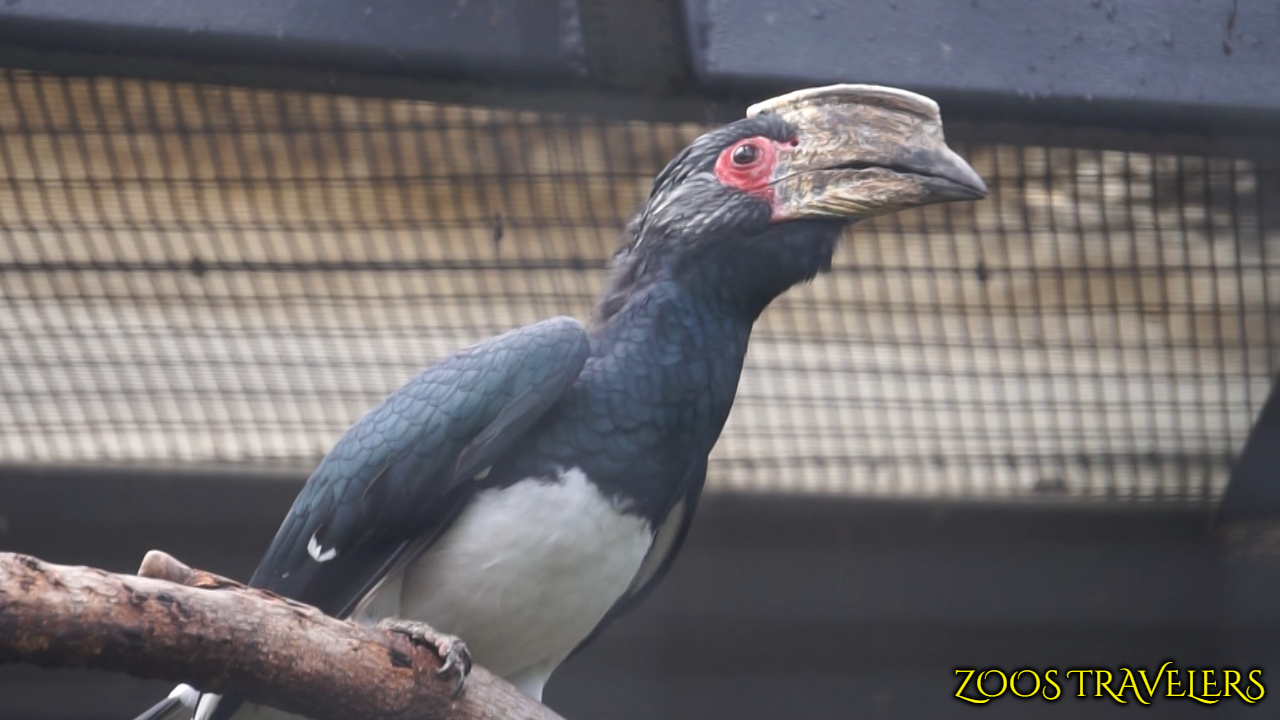
TRUMPETER HORNBILL (Bycanistes bucinator) - The male will use mud and other materials to seal the female and her eggs into a tree cavity. Where he will then deliver meals until the female and chicks emerge, up to four months later.
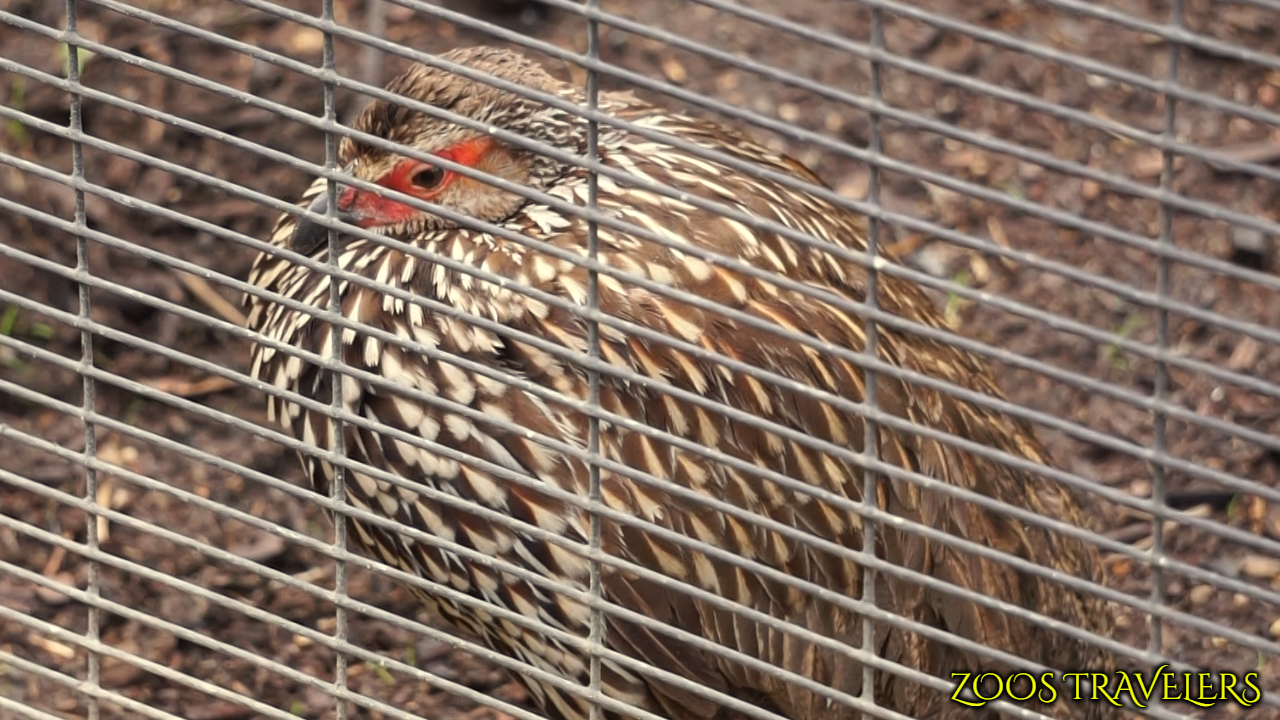
YELLOW-NECKED FRANCOLIN (Pternistis leucoscepus) - These birds will follow elephants and other large animals around to scratch around in their droppings. Like chickens, they scratch the ground in search of seeds and insects.
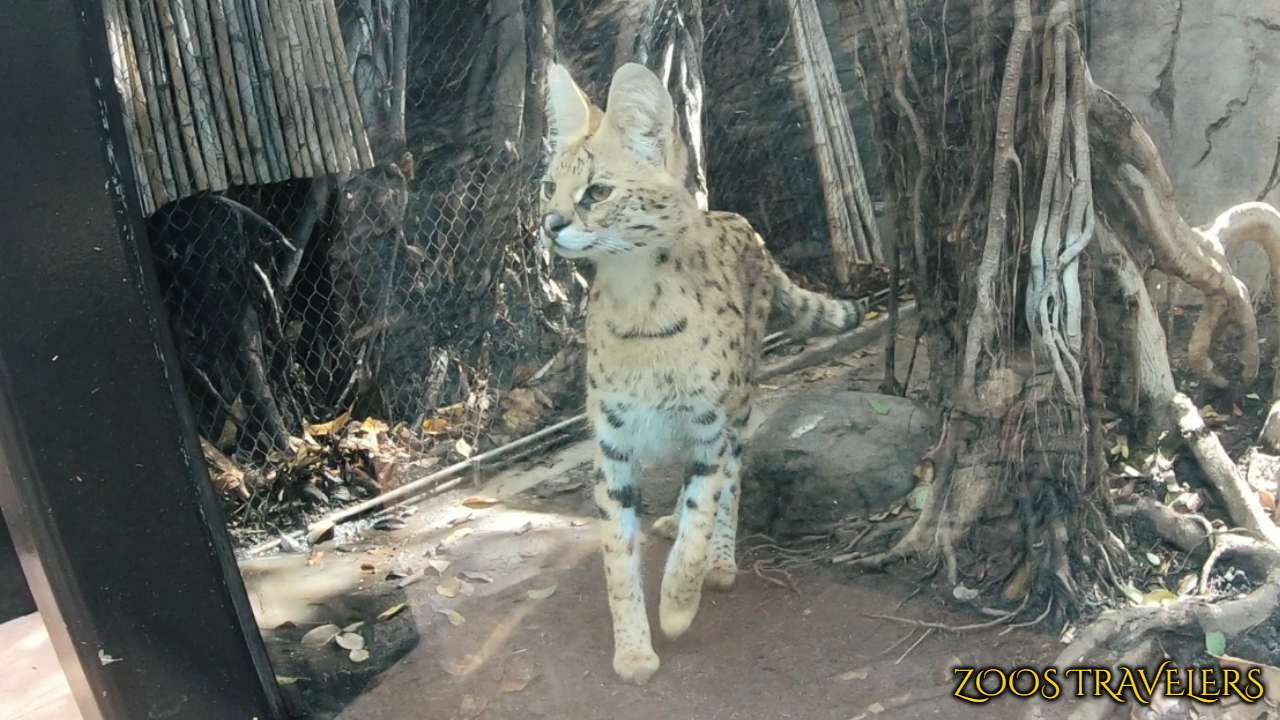
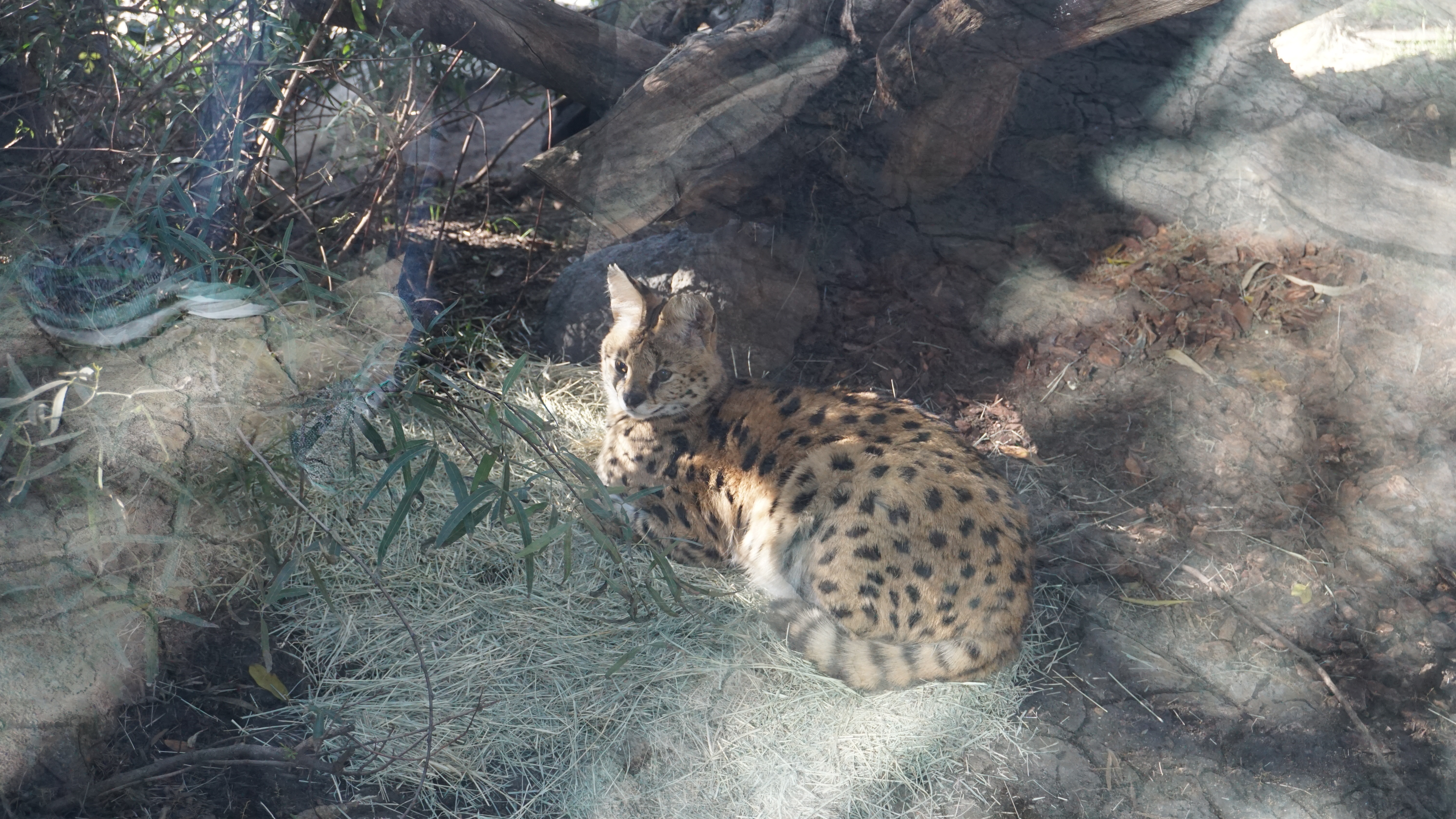
SERVAL (Leptailurus serval) - Servals feature another adaptation for life in the thick grass of the plains. Their large ears, and long legs help these cats find and stalk prey. Their main prey is small rodents, but they have been known to catch birds and snakes as well fish.
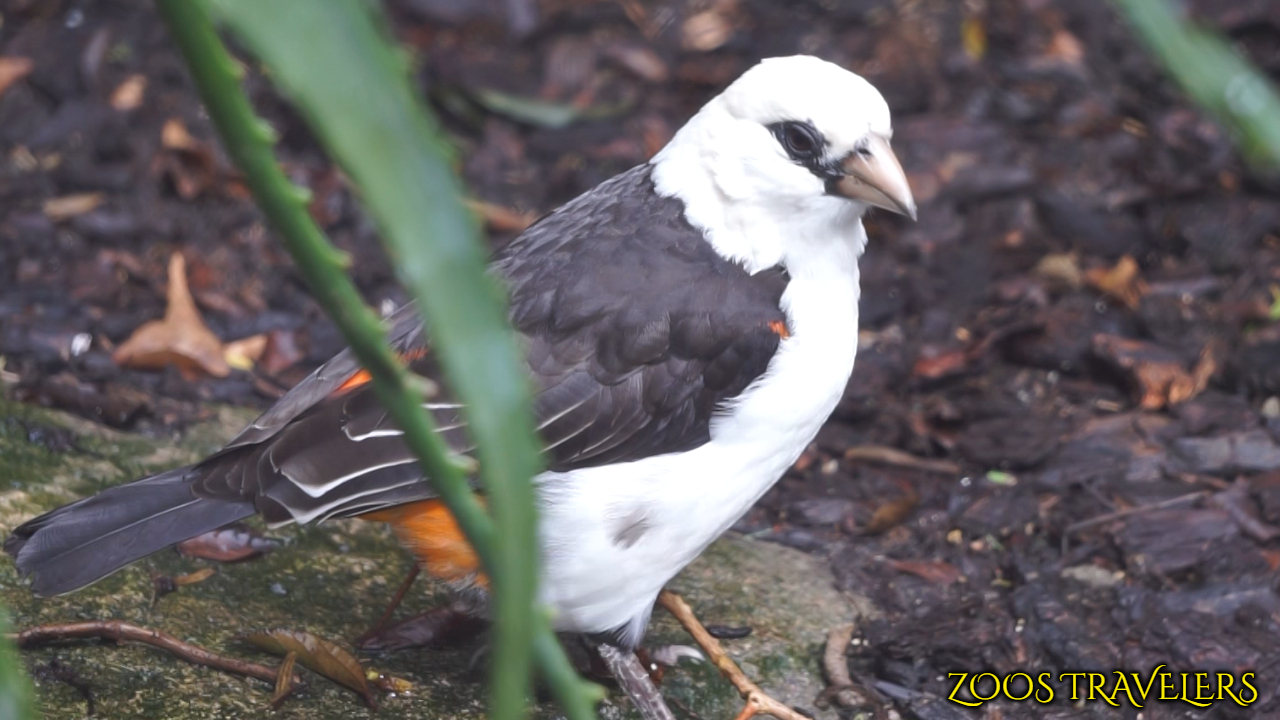 WHITE-HEADED BUFFALO-WEAVER (Dinemellia dinemelli)
WHITE-HEADED BUFFALO-WEAVER (Dinemellia dinemelli)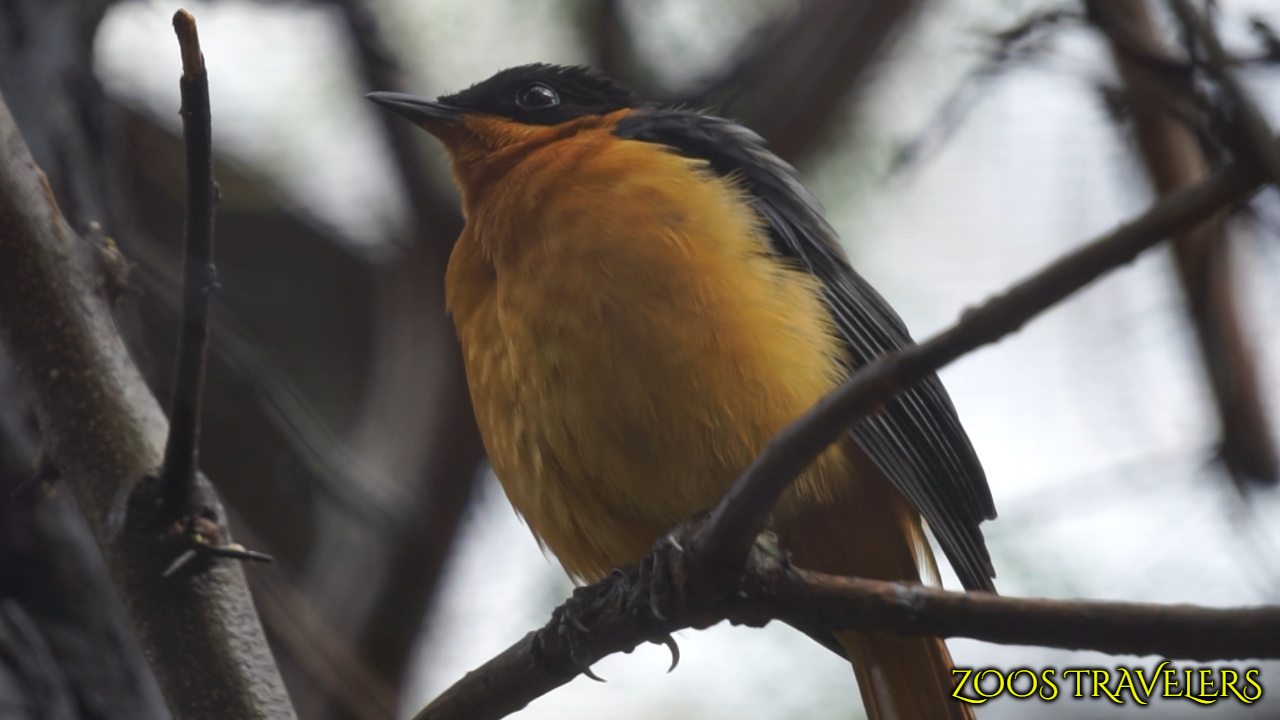 SNOWNY-CROWNED ROBIN-CHAT (Cossypha niveicapilla)
SNOWNY-CROWNED ROBIN-CHAT (Cossypha niveicapilla)
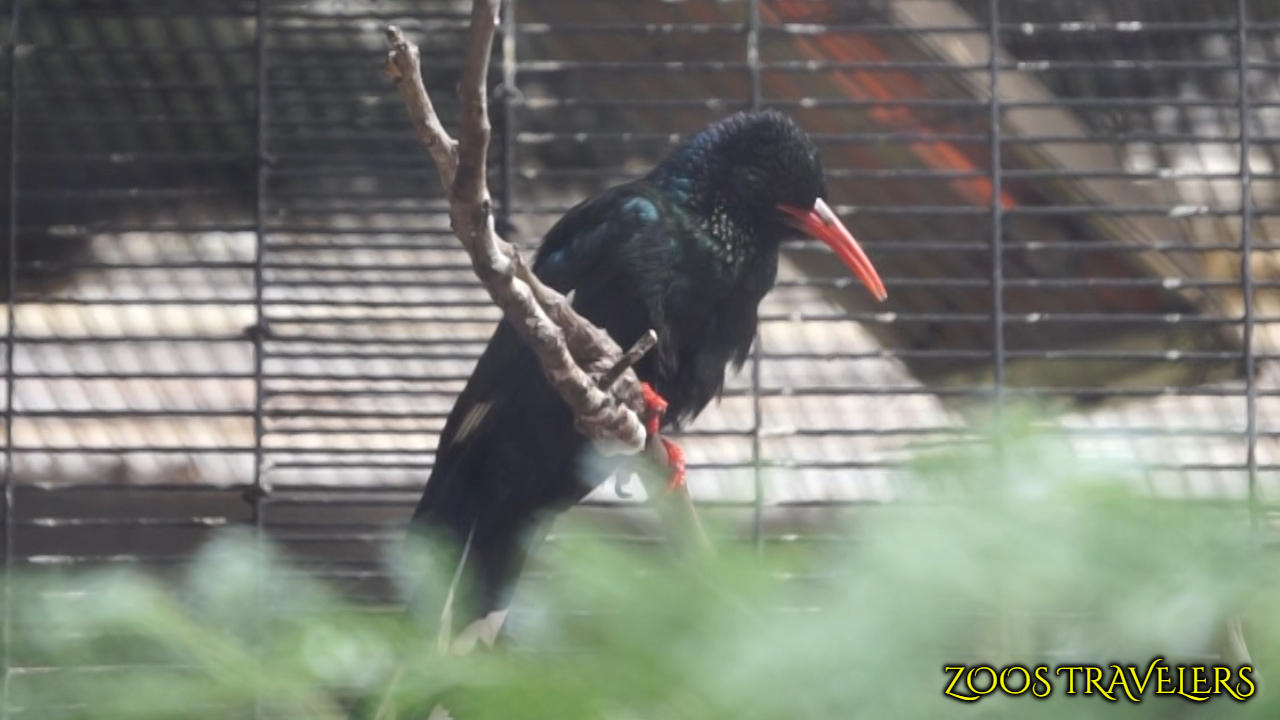 GREEN WOODHOOPOE (Phoeniculus purpureus)
GREEN WOODHOOPOE (Phoeniculus purpureus)
 BATELEUR EAGLE (Terathopius ecaudatus) - "Bateleur" comes from an old French term that roughly translates to Acrobat. Their movement in the air is often described as being acrobatic and this behavior is exaggerated even further during courtship flights.
BATELEUR EAGLE (Terathopius ecaudatus) - "Bateleur" comes from an old French term that roughly translates to Acrobat. Their movement in the air is often described as being acrobatic and this behavior is exaggerated even further during courtship flights.
Thank you for joining me on this first look into the Africa Rocks, the next time we come back we will see what species reside in the Ethiopian Highlands. Until next time, Safe Travels!

